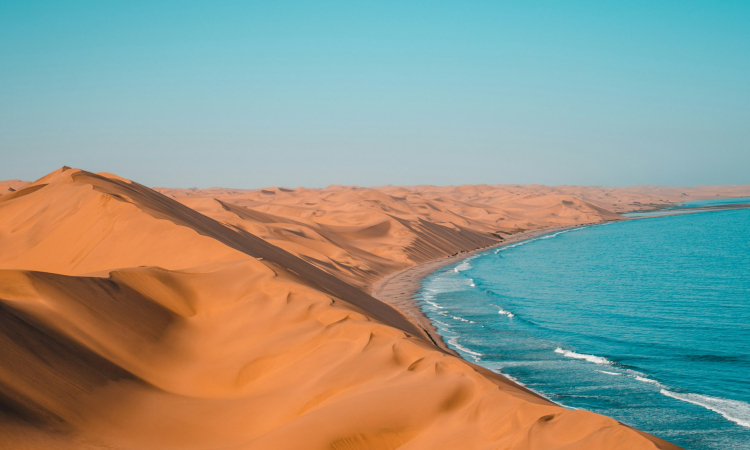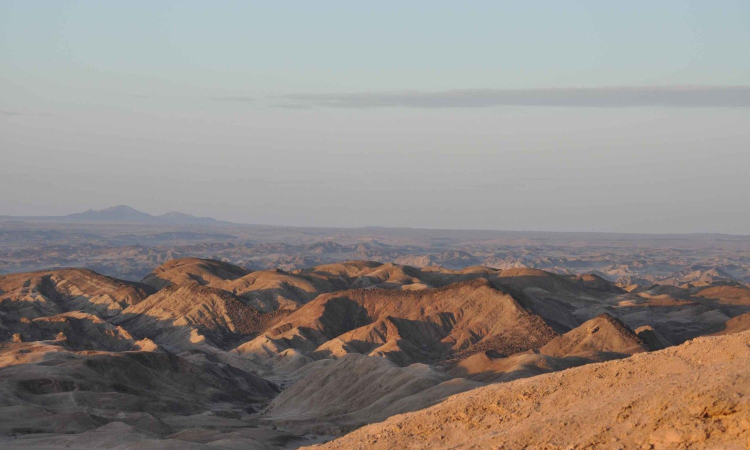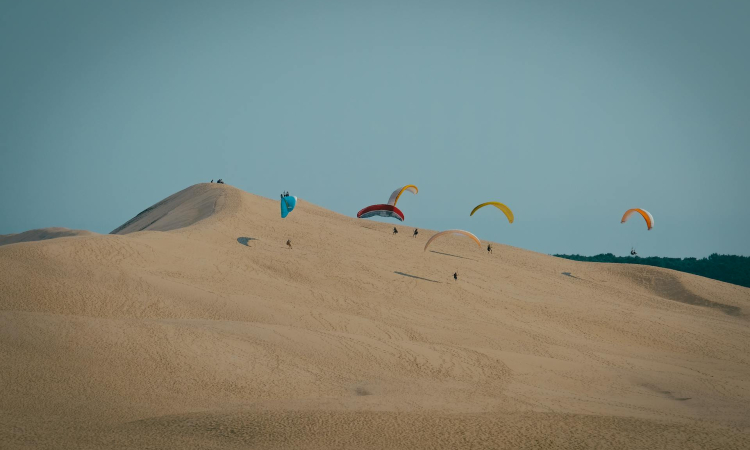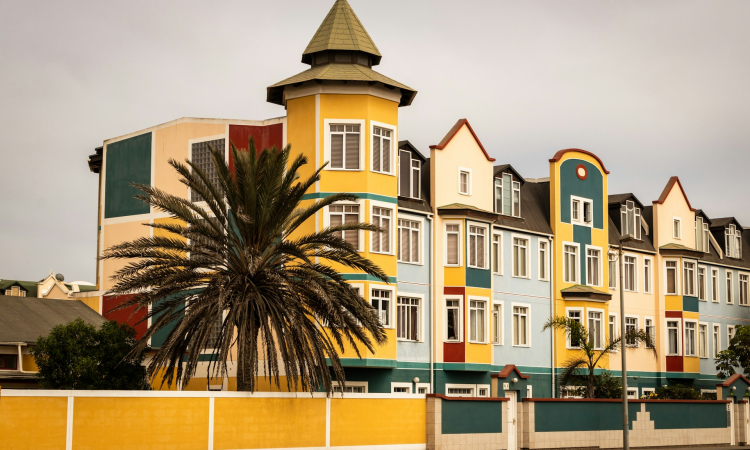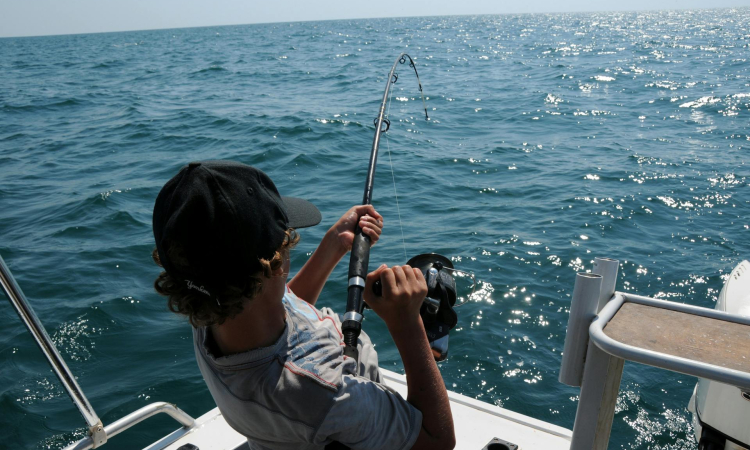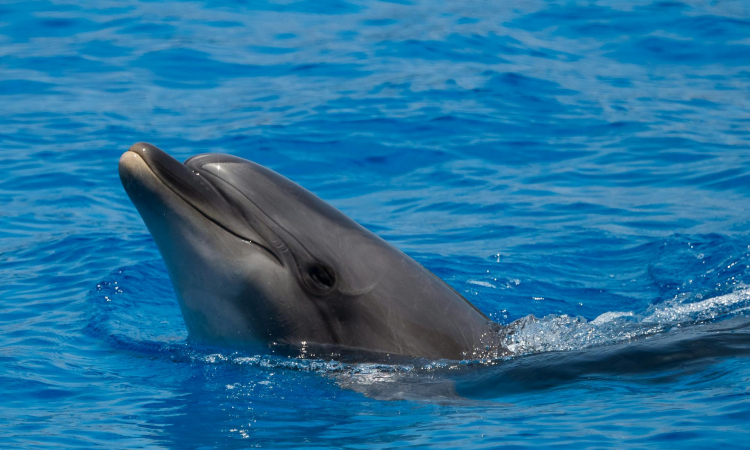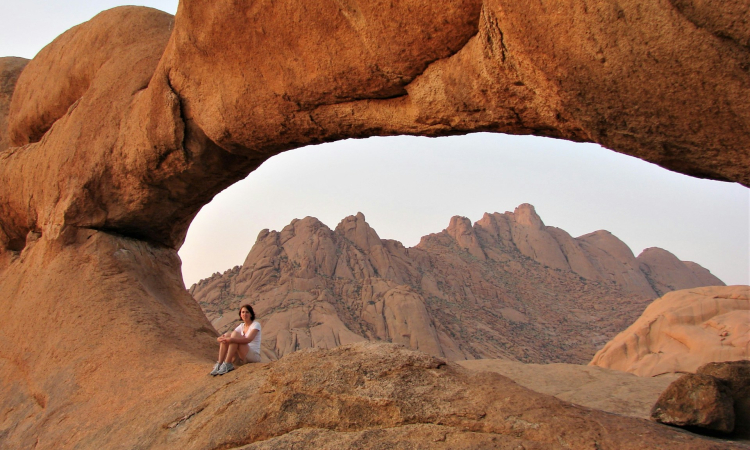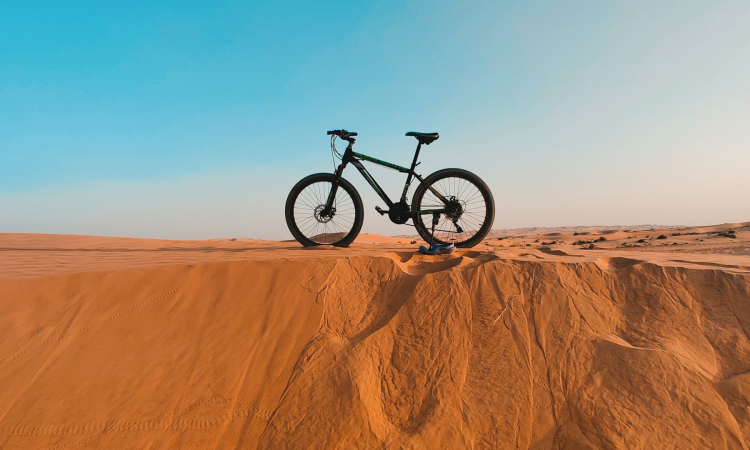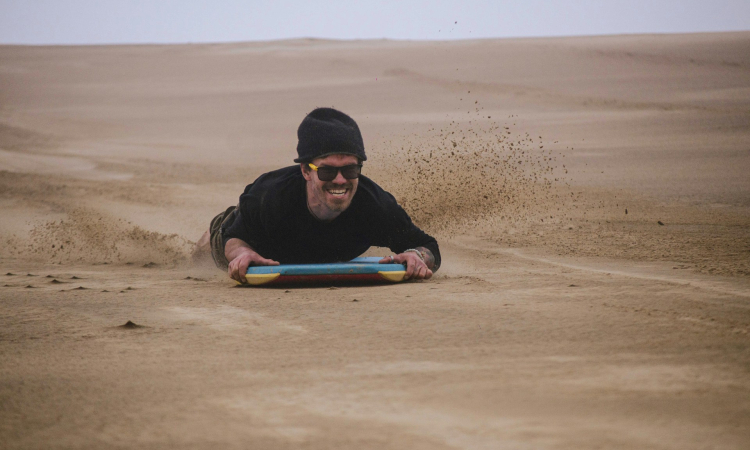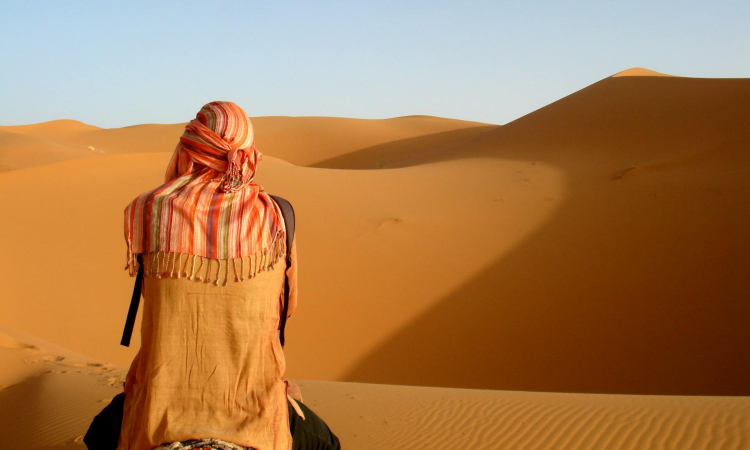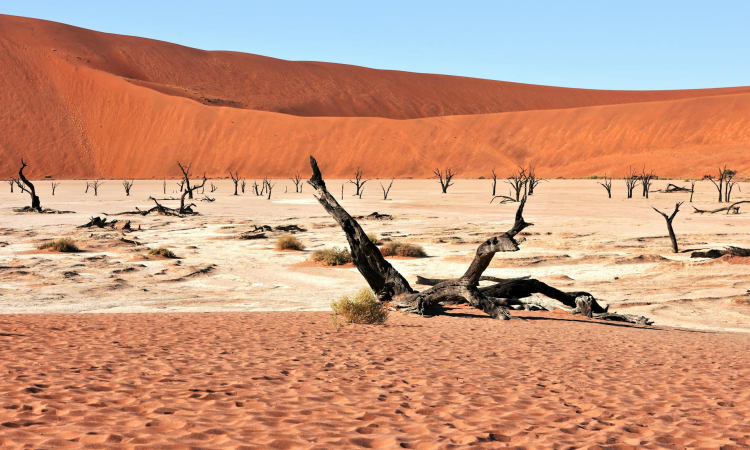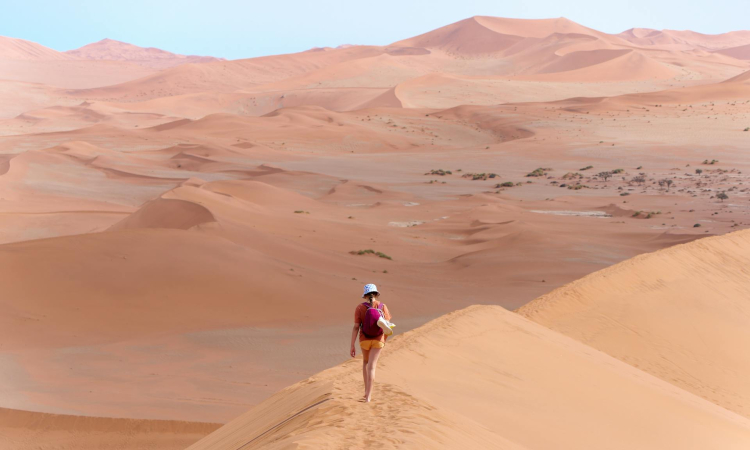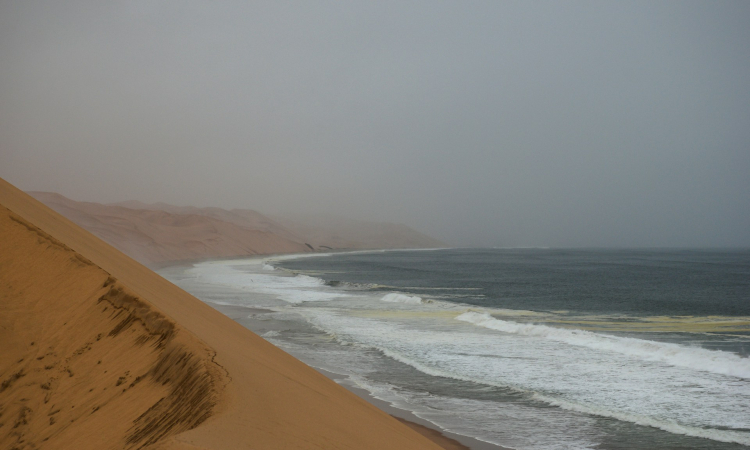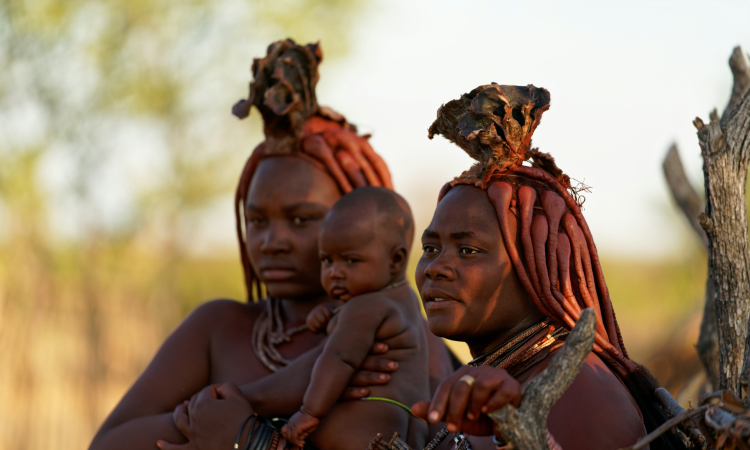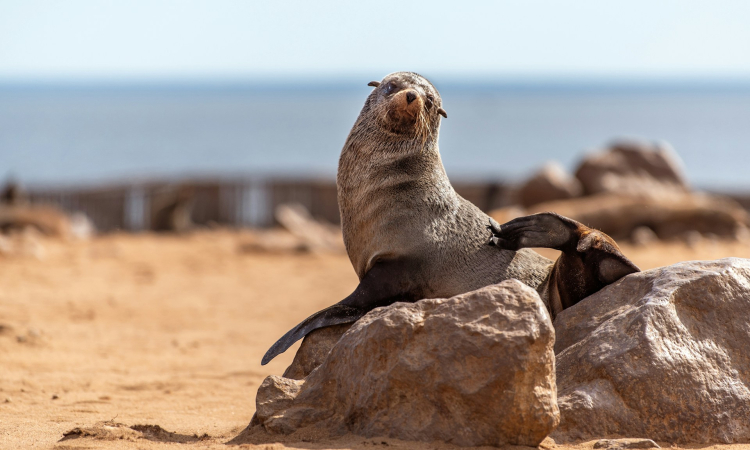Swakopmund is an excellent place for bird-watching because of its location along the coast and its mix of habitats, including the Atlantic Ocean, desert, and wetlands. Many bird species can be found here, from large flocks of flamingos to Namibia’s only endemic bird, the Dune Lark.
Notable Bird Species
- Flamingos: Both Greater and Lesser Flamingos are commonly seen in the coastal wetlands near Swakopmund, especially around nearby Walvis Bay.
- Damara Tern: This endangered bird is one of the main highlights for bird watchers along the coast. It breeds in the saltworks north of Swakopmund.
- Cormorants: Large groups of Cape Cormorants can be seen on the man-made “Bird Island” platform and along rocky shores. Crowned and Bank Cormorants are also present.
- Gulls and Terns: Several gull species, including Hartlaub’s and Kelp Gulls, are found along the coast. Common, Swift, and Caspian Terns are also frequent sightings.
- Pelicans: The Great White Pelican is another striking species often seen in the coastal lagoons.
- Coastal Waders: Between October and April, migratory waders arrive in large numbers. These include the Chestnut-banded Plover, White-fronted Plover, and various sandpipers.
- Dune Lark: Namibia’s only truly endemic bird, the Dune Lark, lives in the dunes east of Swakopmund.
- Gray’s Lark: This shy species is best spotted on the gravel plains north of town.
- Chats and Mousebirds: The Familiar Chat and White-backed Mousebird are commonly seen around the town.
- Raptors: Inland toward the desert, birds of prey such as the Rock Kestrel and Southern Pale Chanting Goshawk are often observed.
Top Birding Spots Near Swakopmund
- Swakop River Mouth: This is a great spot near town that attracts many bird species.
- Mile 4 Saltworks: Located north of Swakopmund, this area draws large numbers of waterbirds, including flamingos and cormorants.
- Walvis Bay Lagoon: Just a short drive south, this lagoon is one of the most important wetlands in the world, especially from November to April when thousands of migratory birds arrive.
- Bird Island: This artificial guano platform north of Walvis Bay is a key breeding site for cormorants. It can be viewed from the coast with binoculars or a scope.
- Namib Sand Sea: For desert-adapted birds such as the Dune Lark and Gray’s Lark, the dunes and gravel plains east and north of Swakopmund offer the best chances for sightings.
The best time for bird-watching is during the wet season, from November to April, when migratory birds arrive and breeding activity peaks. However, Swakopmund’s coastal setting makes it a rewarding birding destination throughout the year.


